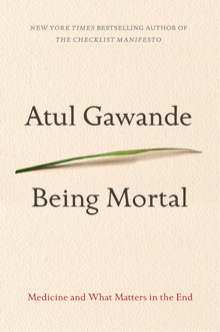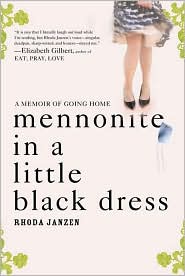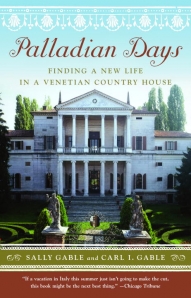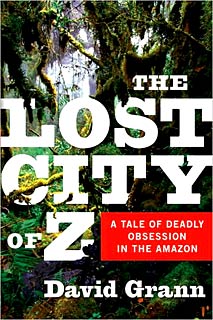This review contains affiliate links, which earn me a small commission when you click and purchase, at no extra cost to you. Thank you for supporting my small business and allowing me to continue providing you a reliable resource for clean book ratings.
Dr. Atul Gawande has written about his profession in two previous books, and he now turns his pen to the topic of the end of a person’s earthly existence, including how the medical profession has developed methods and procedures to deal with terminally ill and dying patients. He is very blunt in his assessment that he and his colleagues nearly always make death worse for people than it could be, or, as he learns through his research, than it should be.
All of the expected ground is covered here: Nursing Homes, Assisted Living, Hospice, and Death With Dignity. Each is examined critically and the strengths and weaknesses of every one are presented in very clear and concise prose. Through all of the analyses, we learn how and why all of these systems came into being and the social, political, and economic forces that affect the entire group.
We are also introduced to the lives of a handful of real families that have people traversing the trails of each of these systems. These individuals were kind enough to fully expose their private and personal emotions and struggles to the author, and these accounts are by far the most powerful and instructive portions of the book. I do not typically become sentimental while reading stories of real people in real difficulties, but I fully (and unashamedly) admit that I had to pause a few times while reading because of the deep and genuine emotional content I encountered.
My wife was the primary caregiver during the final 10 years of her mother’s life, and I witnessed firsthand the exertion and exhaustion associated with her efforts. It was the single most difficult time for our family, and we do not miss those days one little bit. I believe that is one reason I felt such a connection with the people in this book; we had walked the same paths, overcome the same challenges, and asked the same questions along the way. We found similar solutions as the final weeks approached, and everything progressed peacefully at the very end for my mother-in-law.
I do not believe that this book is in any way meant to lessen the burden of caring for the elderly or terminally ill members of our families, but I do believe that it is a bright light to help see the way more clearly to a better and humane path to the inevitable end of life. My generation (I was born in 1961) is in the midst of coping with aging parents and other loved ones. Thanks to Dr. Gawande, we now have answers to many of our questions, and we are better equipped to assist those we care about to feel more at ease as they continue on toward the next phase of their lives.
Rated: None. All body parts are referred to using correct anatomical terms; there is nothing gory.




